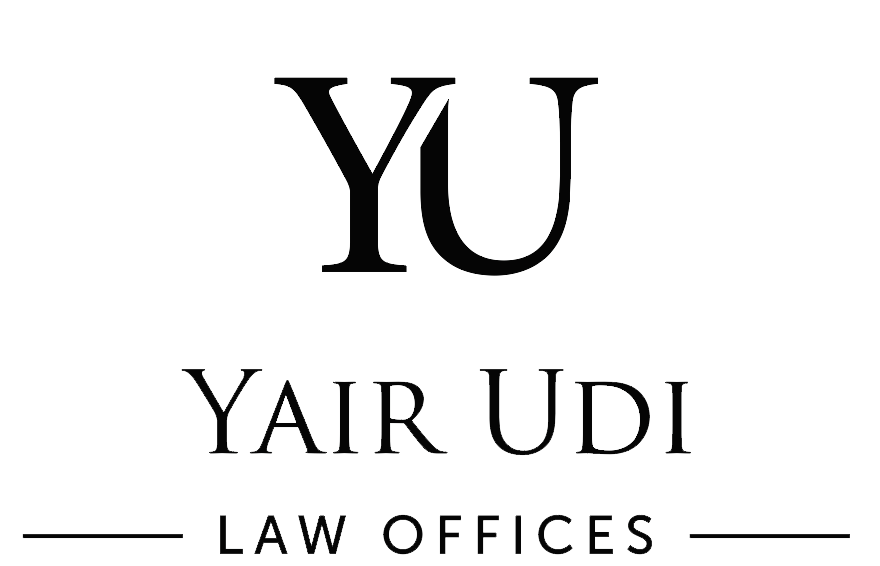Share or option vesting is a retention mechanism, intended to secure the engagement of founders, employees, and advisors, over time or when hitting certain milestones.
Vesting allows equity grantees to earn their share over a period of time, or when achieving certain milestones. On the other hand, vesting acceleration allows founders, employees and advisors to accelerate the vesting schedule, upon the occurrence of certain liquidation events (M&A, IPO, etc.), or for wrongful dismissal. Vesting acceleration provisions allows the vesting to be fast-forwarded on the fulfillment of certain pre-determined conditions.
If we take an M&A event as an example, one of the key assets a purchaser would “acquire” in an M&A, is the team, and the team’s continued engagement with the company is usually key in the purchaser’s plans to expand and leverage the M&A opportunity. Since the purpose of vesting is to secure engagement, vesting acceleration is sometimes perceived as “short-sighted” as when it kicks in, the equity grantee has no more equity-based incentive to remain in the company, and this goes against the (M&A) purchaser’s interest.
Generally speaking, there are two common types of vesting acceleration mechanisms: single-trigger and double-trigger. The number of triggers signifies the number of conditions required to be met for the acceleration to take effect, or for the grantee to enjoy and be entitled to the proceeds of the M&A.
In a Single-trigger acceleration, there is a partial or complete acceleration of share or option vesting, on the happening of a single event. Whereas double-trigger acceleration means acceleration based on the happening of two separate events.
The key triggering event of single-trigger acceleration is the sale of the company, and sometimes a different type of acquisition (like an asset sale), or an IPO. As a result of this event, all or certain of the vesting restrictions associated with the sale are lapsed and waived, and the grantee is entitled to the entire equity award, free from any restriction. Most investors would prefer avoiding single trigger acceleration for key employees (usually receiving substantial grants), as it turns off the potential acquirer. Potential acquirers usually prefer to continue to run the company with the help of the same key employees, and a single trigger acceleration means those key employees can leave the company upon the completion of the deal, with all the acquisition proceeds. This makes it hard for the new acquirer to retain the key employees.
A double trigger adds a condition, that the grantee must remain with the acquired company or the purchaser for the remainder of the vesting period, and that proceeds available from the purchase of the equity by the purchaser, are being retained in escrow (instead of the equity awards) and released to the grantee on each original vesting event. The grantee will effectively lose a portion of the proceeds, in the event he/she leaves before the entire vesting is completed.
In Double trigger acceleration, the usual negotiation points are:
(1) the grantee is terminated in relation to or following the acquisition, typically within 9-18 months after closing. Termination here includes involuntary termination of employment without any cause and it also includes resignation by the employee for any reasonable reason like lower pay, mandatory relocation or considerable downgrade of duties.
(2) if the grantee’s position is being substantially downgraded.
(3) if the salary or overall compensation of the grantee is being downgraded, and such downgrade is not proportional across all of the company’s employees, etc.
Unlike single-trigger acceleration, double trigger acceleration grants many advantages to the granting company. It aims to strike a reasonable balance between the interests of the acquirer and the grantee by providing a security net for key employees, who may otherwise be removed during post-closing integration. It also aims to reduce the dilution effect that may be caused by automatic acceleration. Thus, if well negotiated, it safeguards the interest of the grantee from getting fired by an acquirer. In the absence of this provision, an employee might find himself in an unfavorable situation and end up losing the unvested equity if the acquirer decides not to retain the employee.
Double trigger acceleration not only helps grantee but also helps the acquirer to retain the key employees post mergers and acquisitions. As already discussed, double trigger accelerations allow the key employees to continue their service post-acquisition with less of a fear of being terminated without just cause and allow them to retain their stock. Hence acquirers can benefit from the employee’s continuous dedication and avoid being compelled to pay a large amount of equity following the sale’s completion.
From the above discussion, it is clear that option [vesting] granted to startup employees have become a popular method of integrating the interest of grantee and the company. Double trigger acceleration is most popular among investors and acquirers in comparison to single-trigger and it allows acquiring companies to avoid large cash payouts that can happen as a result of a single trigger.
DISCLAIMER
This content is brought to you for informational purposes only, you should not construe any such information or other material as legal, tax, investment, financial, or other advice. Nothing contained on this website constitutes a solicitation, recommendation, endorsement, or offer by any person or any third party service provider to buy or sell any securities or other financial instruments in this or in in any other jurisdiction in which such solicitation or offer would be unlawful under the securities laws of such jurisdiction.
THIS ARTICLE IS PROVIDED FOR INFORMATIONAL PURPOSES ONLY AND DO NOT CONSTITUTE LEGAL ADVICE. THIS ARTICLE IS PROVIDED WITHOUT ANY WARRANTY, EXPRESS OR IMPLIED, INCLUDING AS TO ITS LEGAL EFFECT AND COMPLETENESS. THE INFORMATION SHOULD BE USED AS A GUIDE AND MODIFIED TO MEET YOUR OWN INDIVIDUAL NEEDS AND THE LAWS OF YOUR STATE, BY INDEPENDENT COUNSEL YOU RETAIN. YOUR USE OF ANY INFORMATION CONTAINED IN THIS ARTICLE, IS AT YOUR OWN RISK. WE, OUR EMPLOYEES, CONTRACTORS, OR ATTORNEYS WHO PARTICIPATED IN PROVIDING THE INFORMATION CONTAINED HEREIN, EXPRESSLY DISCLAIM ANY WARRANTY, AND BY DOWNLOADING OR USING OR RELYING ON THIS ARTICLE; NO ATTORNEY-CLIENT RELATIONSHIPS ARE CREATED. DO NOT USE THIS ARTICLE WITHOUT AN INDEPENDENT LAWYER YOU HAVE SPECIFICALLY RETAINED FOR SUCH PURPOSE.
© 2022 Yair Udi – Law Offices. All rights reserved

